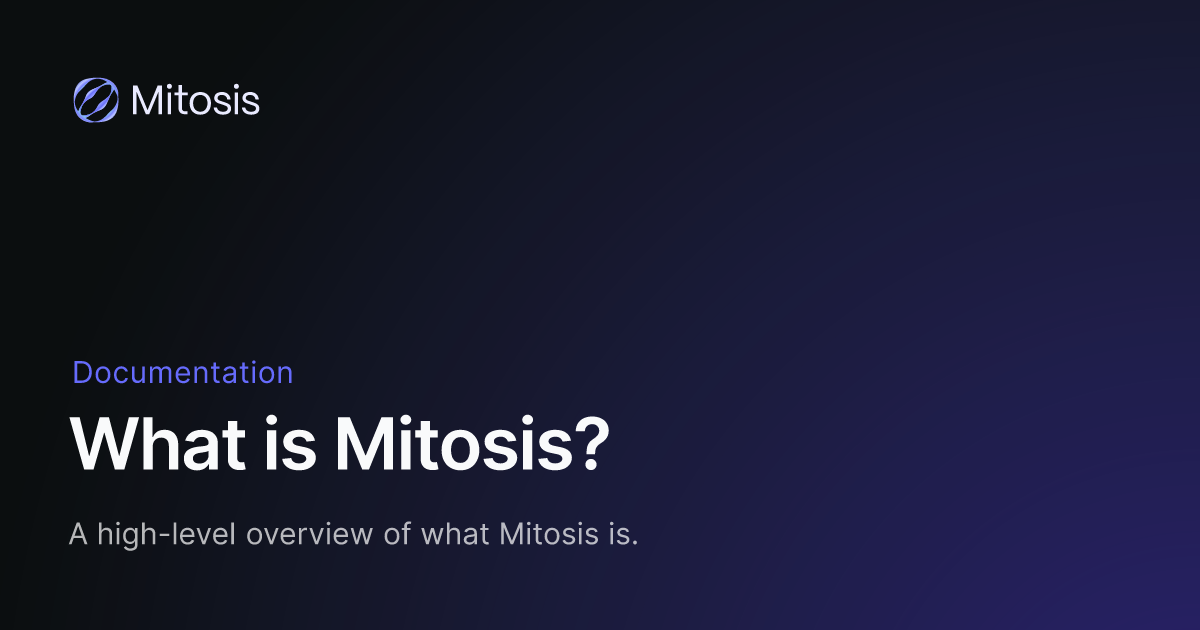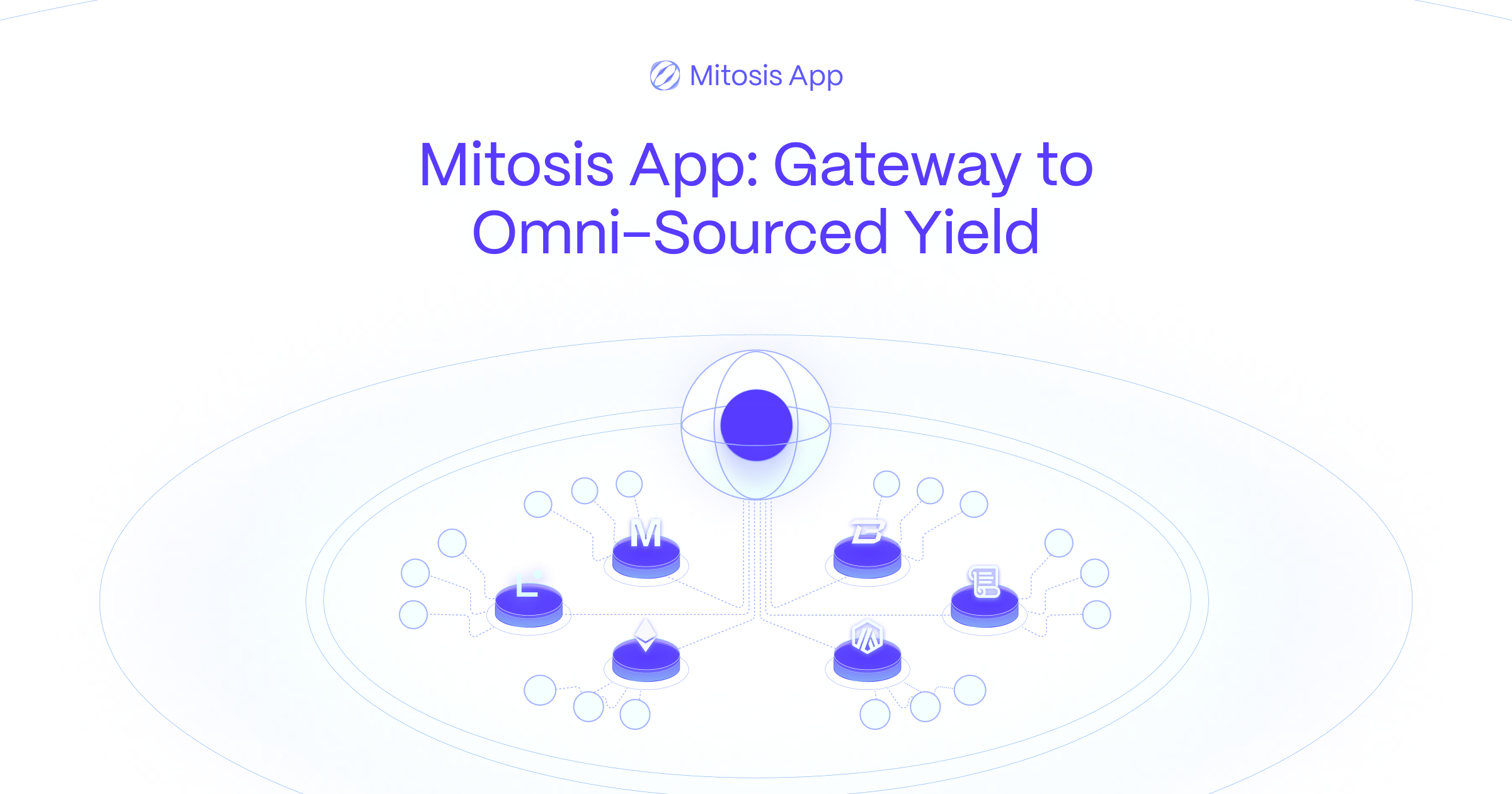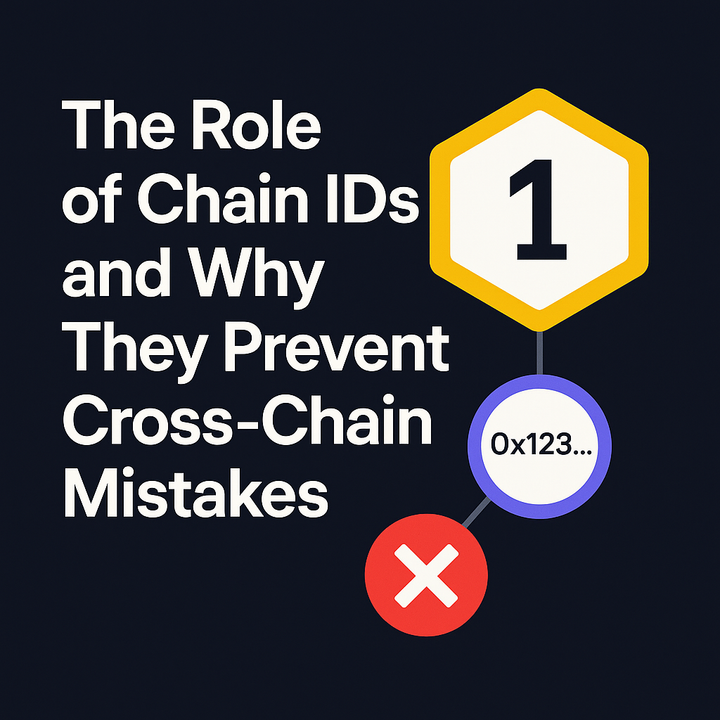Perena: The unified stablecoin infrastructure

Stablecoins are the backbone of modern DeFi, but they’re scattered, fragmented, and underutilized. Whether it’s USDC, USDT, PYUSD, or something new, each has its own quirks, liquidity pools, and integrations. In today’s ecosystem, stablecoin capital isn’t just idle - it’s isolated.
Perena, a rising protocol on Solana, offers a sharp response to that problem. Instead of trying to compete with legacy stablecoins, Perena unites them under one composable wrapper: USD*, a pooled stable asset that earns yield, powers low-slippage swaps, and serves as the backbone for a modular DeFi economy on Solana.
Perena doesn’t just offer passive yield. It’s building a gamified participation model called Seasons, where users earn Points for interacting with the protocol and these points can potentially translate into airdrop allocations or token rewards once governance or a token is live.
How to earn points in Perena S1:
You can earn points by doing the following:
- Provide liquidity in the Seed Pool
- Deposit stablecoins (USDC, PYUSD, USDT) and mint USD*
- The more USD* you hold or LP, the more points you earn
- Farm in Growth Pools
- Pair USD* with new or partner assets
- High-risk = higher point multipliers
- Swap using Numéraire AMM
- Every trade routed through Perena’s AMM earns you a small point bonus
- Frequent, organic use is rewarded
- Hold USD*
- Simply holding USD* in your wallet or using it in integrated protocols (e.g., Kamino, Marginfi, Jupiter in the future) contributes points over time
Why Perena Exists: The Problem With Fragmented Stablecoin Liquidity
Most stablecoins are functionally interchangeable: they’re pegged to the dollar, backed by cash or T-bills, and widely accepted in crypto apps. But under the hood, they don’t talk to each other. USDC liquidity sits in one AMM pool; PYUSD is in another. Some earn yield; others do not. This fragmentation leads to poor UX, capital inefficiency, and missed opportunities.
Perena solves this by aggregating multiple trusted stablecoins into one unified, auto-yielding token: USD*.
Rather than replacing USDC or USDT, it lets them work together. Think of it as a vault-backed meta-stablecoin - always liquid, yield-bearing, and deeply integrated with Solana’s core protocols.
| Use Case | Description |
|---|---|
| Issuance for TradFi | Companies can launch stablecoins with minimal capital and access to deep liquidity. |
| Passive Income | Hold USD* to earn swap fees + treasury yields automatically. |
| Efficient Swapping | Seamless trades between USD-pegged assets with low slippage. |
| Onboarding Tools | USD* simplifies integration for wallets, rails, and payment apps. |
The Architecture Behind USD*
At the heart of Perena lies the Seed Pool, a hub that accepts major stablecoins like USDC, USDT, and PYUSD. When users deposit any of these, they mint USD* a token representing fractional ownership of the entire pool.
That’s just the start. Here’s how Perena’s multi-layer architecture plays out:
1. Seed Pool (Hub Layer)
This is the core engine. You deposit stablecoins → get USD* → start earning yield. The pool is rebalanced with tight weights around $1 to enable deep liquidity for swapping. The protocol automatically routes idle funds to low-risk, real-world yield strategies — like T-bills or regulated MMFs — so USD* holders benefit from organic income without ever leaving DeFi.
2. Growth Pools (Spoke Layer)
New stablecoins and experimental assets don’t go directly into the hub. Instead, they plug into Growth Pools, paired against USD*. This ensures the core remains safe and liquid, while allowing the periphery to experiment and grow. It’s a modular plug-and-play system — any issuer can bootstrap liquidity and exposure by joining Perena.
3. Numéraire AMM Engine
Perena’s custom-built AMM is optimized for Solana’s high-throughput architecture. Unlike standard XYK or stableswap curves, the Numéraire engine uses bounded liquidity bands to minimize slippage and enable efficient swaps around the $1 peg. It also dynamically reweights assets to protect peg integrity and optimize fee flows.
Solana’s DeFi Stack
Solana has needed a modular, composable stablecoin layer for a while. Jupiter is optimizing routing, marginfi handles leverage, Kamino offers structured products — but where is the unified base money layer?
That’s Perena’s ambition: to become Solana’s “stablecoin hub”, one composable layer deeper than the stablecoins themselves.
- Developers can build on USD* as a default money primitive.
- Users can hold one token (USD*) instead of five.
- Protocols can tap into pooled liquidity, not fight for scraps across fragmented pools.
Perena is not trying to be the next stablecoin. It’s trying to be the final coordination layer between all of them.
With USD*, the protocol gives users one token to rule them all - yield-bearing, liquid, composable. It’s designed to abstract away stablecoin complexity, protect users from fragmentation, and offer real earning opportunities from day one.
If you’re looking for a Solana-native yield strategy with high composability and long-term potential, this is one protocol you don’t want to ignore.
Join Mitosis:









Comments ()